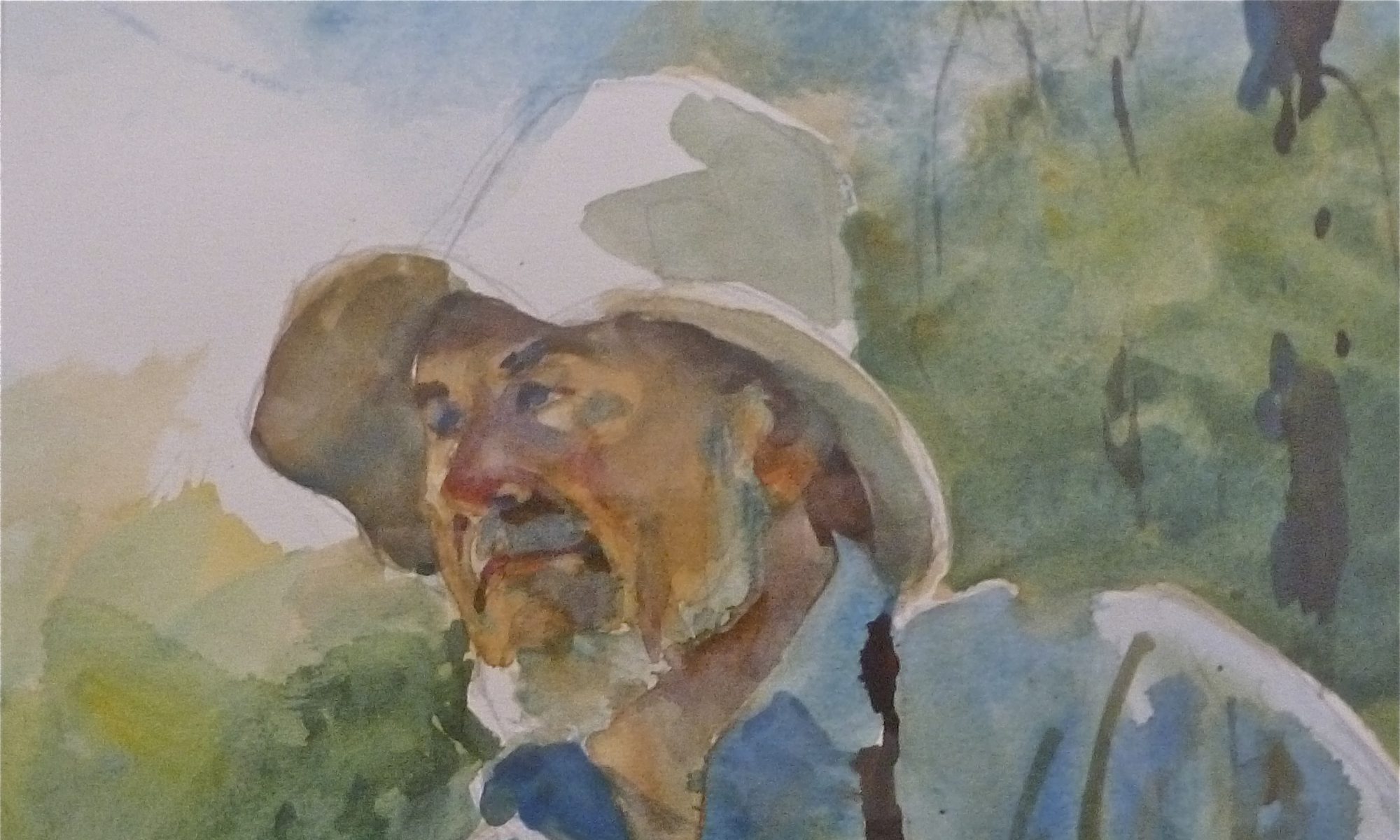There were many roadside stands throughout Marshfield, and Seaview had its share. Most were vegetable or strawberry stands.
Before World War II, there was a stand on Summer Street across from the north end of Station Street. It was owned by Ollie & Anna Nourse. In the spring, many kinds of flowers were for sale, followed by early cherries and peaches. Then vegetables of all kinds. All grown on their property. You also could get a dozen eggs.
If that stand existed today, you would be taking your life in your hands stopping there! There was no off-street parking on their side, however you could park in a small space on the north end of the Seaview Garage and walk across Summer Street.
Further up Summer Street, about as far as Seaview extended, was Bob & Agnes Dow’s stand. This was mostly a vegetable stand. Agnes did make some baked goods.
The most unforgettable stand was Agnes & Bill Bonney’s, at the south end of Station Street at Summer Street. It was a 2×4 structure with lift-up front and sides. From the earliest flower to the latest, bunches would adorn the shelves as well as around the stand. Most were 15 cents; glads were 25 cents. The Bonneys had the most beautiful arrangements.
 |
| Glads were one of Mrs. Bonney’s favorites. |
However flowers were not the big draw. It was Mrs. Bonney’s baking. She filled the shelves with pies, cakes, cookies, and other sorts of pastries. Cakes were her best seller, specially decorated for any occasion. Mrs. Bonney would put a little extra decoration on a cake for her favorite customers — the ones known to leave a tip.
On a Friday or Saturday afternoon during the summer, there was hardly a spot to park. Locals were arriving home after work, and summer people for the weekend. They would want her wonderful goods, rather than bake or cook. Mrs. Bonney’s cooking was probably better than theirs anyway. On a Saturday, the pastries were gone by 1 p.m. Late Saturday afternoon, a line would form at the side porch door awaiting the baked beans, frankfurts and brown bread, along with any pastry left. Mrs. Bonney would have a new batch of goods for Sunday morning.
 |
| Notice the cuts in the frankfurt, the old fashion way. |
Summer Street was once the main route to Humarock from the Boston area, however those that came in from Route 3 would also find Bonney’s wonderful goods.
We would never visit with Mrs. Bonney during her busy summer months, but an off-season visit was a treat. Brownies and a glass of milk were always on my priority list. Most families in the neighborhood were as poor as church mice, but were always generous with a cup of tea or coffee, and a home cooked treat.

W. Ray Freden, Marshfield, 70 years.













 There was a meat vendor and a fish vendor but I can’t remember them by name.
There was a meat vendor and a fish vendor but I can’t remember them by name.

 When in season, baby chickens. Yes, chickens, — the baby chicks would be in a long high box on the counter with light bulbs hanging down to keep the chicks warm.
When in season, baby chickens. Yes, chickens, — the baby chicks would be in a long high box on the counter with light bulbs hanging down to keep the chicks warm.


